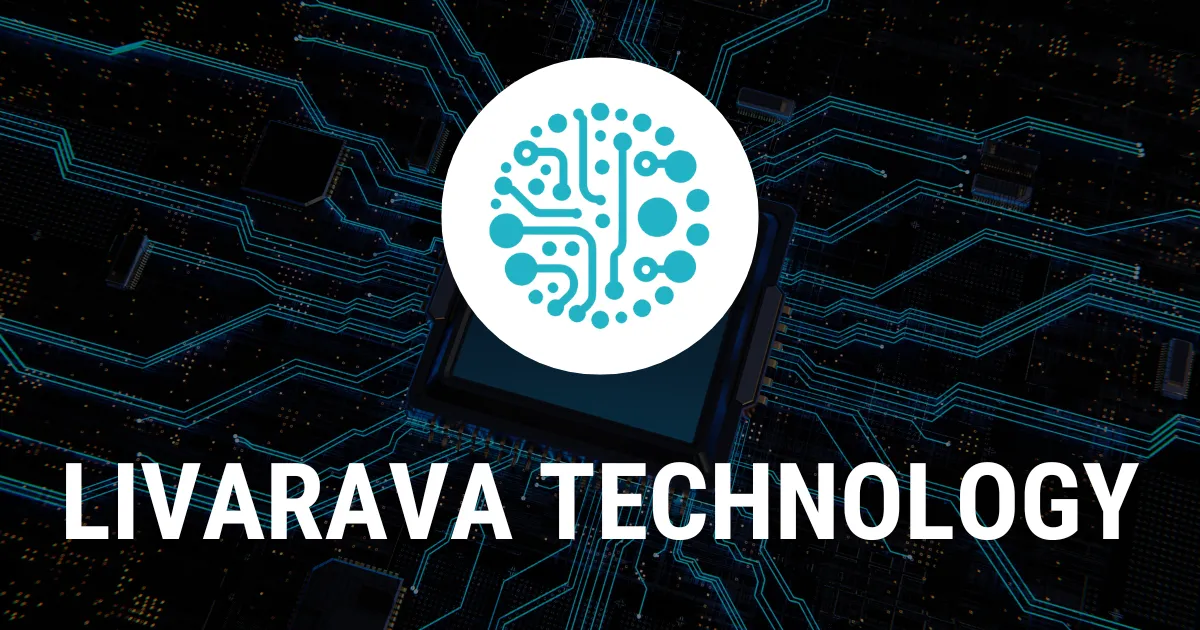Visibility of Living Cells Enhanced by Infrared Light Technology

Introduction to Infrared Light in Biotechnology
Recent advancements in biotechnology have opened new avenues for understanding cellular mechanisms. Researchers are now able to visualize living cells using infrared (IR) light, a technique that has transformed molecular biology and cell biology. This innovative approach harnesses the power of infrared transmission imaging, enabling scientists to capture highly detailed images of biomolecules within single live cells.
Implications for Biochemistry and Cell Biology
The implications of this technology are profound. By utilizing infrared light, researchers not only enhance the visibility of cellular components but also facilitate impactful measurements of mass in live cells. This methodology can revolutionize our understanding of biochemistry, leading to potential innovations in drug development and disease treatment.
Key Features of Infrared Imaging
- High-resolution imaging of biomolecules
- Non-invasive nature preserving cell integrity
- Enhanced measurements of cellular mass
Future of Biotechnology
As we continue to explore the nature of water in cellular environments, the fusion of optics with biotechnology will likely lead to future breakthroughs. This advancement signifies a major stride in both biotechnology and our understanding of life at a molecular level.
This article was prepared using information from open sources in accordance with the principles of Ethical Policy. The editorial team is not responsible for absolute accuracy, as it relies on data from the sources referenced.